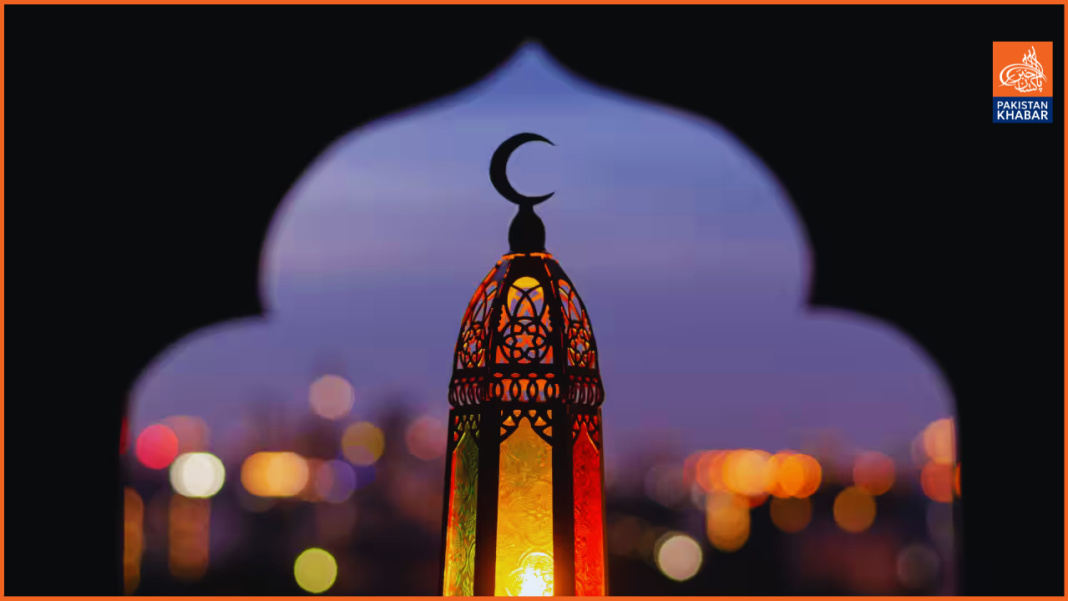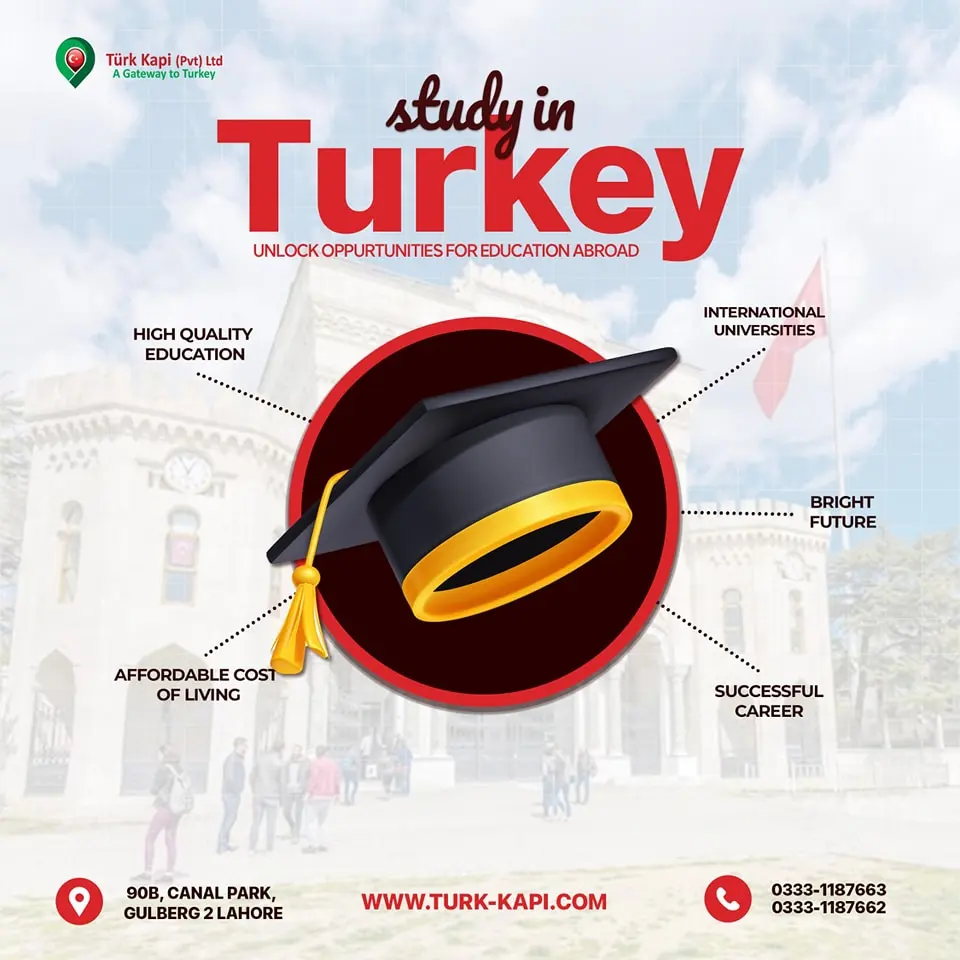Ramadan and Eid-ul-Fitr usually center on social media posts, mall displays, and rapid fashion in the fast-paced digital environment of today. Although the spiritual core of these holy months is still resilient, the coziness of Ramadan customs and the appeal of Eid cultural activities are gradually vanishing. Every generation that goes by is losing not only rituals but also bits of our Islamic cultural identity.
Ramadan and Eid were never about rituals alone. They spoke of connection—between families, communities, and the divine—expressed via songs, handcrafted goods, unusual cuisine, and stories passed down over years. Many of these customs today run the danger of disappearing.
What We’re Losing
Growing up, our grandparents remember waking up to the beat of the Mesaharati—a traditional drummer who walked the streets before dawn during Ramadan, calling people to eat suhoor. In many parts of the Middle East and South Asia, that sound was as iconic as the call to prayer. Today, it’s replaced by mobile alarms.
Families used to gather in Sudan for Iftar Sa’im, where they placed food on long cloths outside their homes for any passerby to join—no questions asked. That generous spirit still exists, but the practice itself is rare in urban settings.
Once offering Eid greetings, children in Turkey received little gifts or coins called Bayramlık. Many just expect cash now or get entangled by devices and online activities.
Mudik is a lovely custom in Indonesia whereby people return to their villages to celebrate Eid with family. However, the practice is gradually changing as more people move to cities and settle there permanently, drifting away from their ancestral roots.
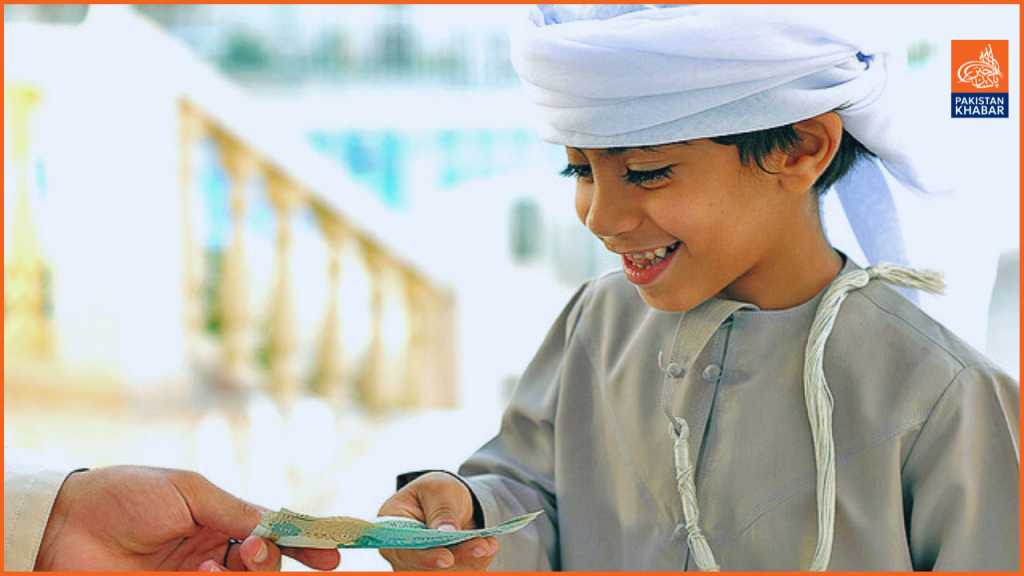

Why These Traditions Matter
These abandoned Eid practices are symbols of memory, belonging, and identity, not only celebration. Maintaining Ramadan legacy and regional Eid cultural customs links younger generations to their roots in a world going more globalized. These rituals help to create continuity between the past and the present, therefore enhancing the personal, grounded, emotionally satisfying experience of faith.
The Revival Begins
People are quietly but significantly trying all around to restore what has been lost. Schools in certain Cairo districts teach youngsters how to create traditional colorful Ramadan lanterns made of tin and glass. During the holy month, this age-old form of art once illuminated houses and lanes.
Families rediscovering ancient recipes are everywhere in South Asia. For iftar, local women’s groups in Pakistan and India are resurrecting forgotten tastes formerly the centrepiece of family get-togethers by bringing back foods like chana chaat and raw mango and date halwa.

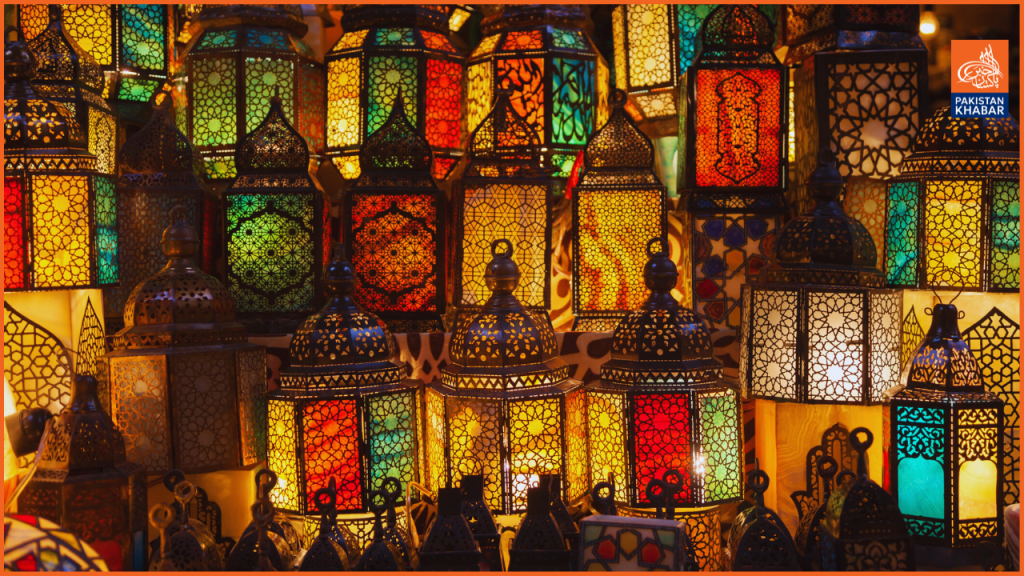
Immigrant groups in the UK, US, and Canada are organizing heritage Eid fairs with traditional attire, games, and music. Children experience Eid like their grandparents did—colorful, happy, and anchored in culture—by means of storytelling stalls and cooking demonstrations.
Seniors are urged on social media to share their memories. From “Ramadan in the 60s” reels to YouTube films on forgotten rites, digital platforms are becoming archives of Islamic cultural traditions once considered extinct.
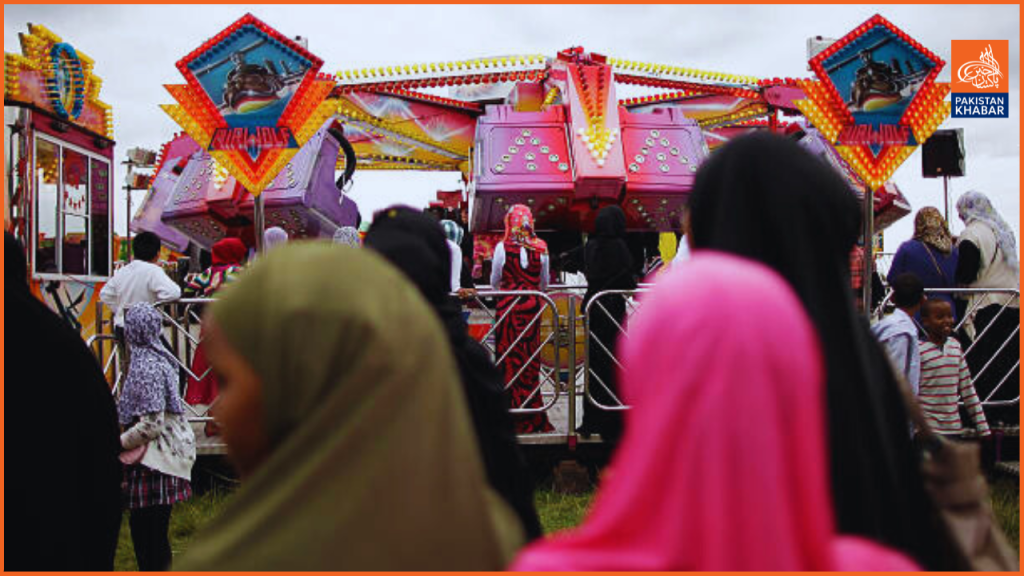
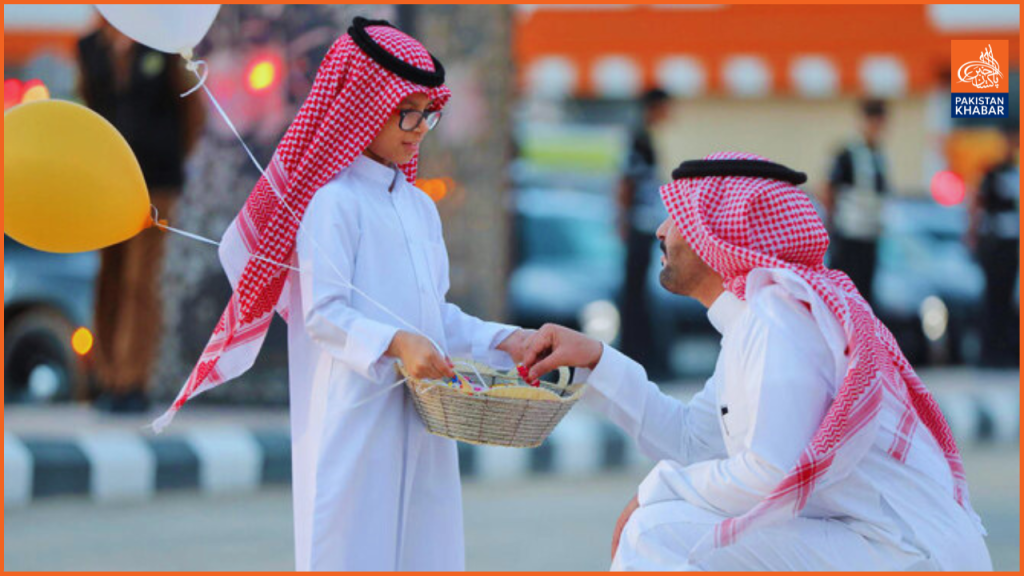

Restoring the Faith
Ramadan and Eid are delightful, not only in terms of prayer or fasting but also in terms of everyday rituals and cultural expressions that help define such spiritual deeds. The embroidered prayer mat of a grandma, a childhood song heard before Eid prayers, or the aroma of a homemade dessert—all of these elements help to make our faith more real, more personal.
Reviving Eid cultural practices and Ramadan customs helps us bring life to events that seem even more far off. It’s a means of expressing our faith as native, inherited, and alive rather than only holy.
Conclusion
As Ramadan is winding up and Eid is near, let’s get past decorations and shopping. Ask the elderly about their celebration. Let’s sing a forgotten song, light a handcrafted lantern, or cook that ancient food. These small gestures are cultural preservation efforts rather than merely sentimental ones.


